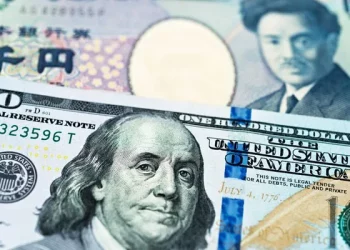The Swiss franc (CHF) is the official currency of Switzerland, and it is also used by the neighboring country of Liechtenstein. The origins of the Swiss franc’s name and symbol go back to the 19th century, and there are a few theories as to how the currency got its name.
One theory is that the CHF symbol comes from the Latin term “Confoederatio Helvetica,” which means “Swiss Confederation.” The abbreviation “CH” is used for Switzerland in international organizations such as the International Olympic Committee, and it is also used on Swiss car license plates.
Another theory is that the CHF symbol comes from the French term “Confédération Helvétique,” which also means “Swiss Confederation.” French is one of Switzerland’s official languages, and it is widely spoken in some parts of the country.
Regardless of its origins, the Swiss franc is known for its stability and strength. Switzerland has a reputation as a safe haven for investors, and the country’s political stability and strong economy have contributed to the strength of its currency.
The Swiss National Bank (SNB) is responsible for managing the Swiss franc and maintaining its value. The SNB sets interest rates and intervenes in the currency markets when necessary to prevent the franc from becoming too strong or too weak. This policy of intervention has helped to keep the Swiss franc stable and attractive to investors.
In conclusion, the Swiss franc is called CHF because it is an abbreviation of “Confoederatio Helvetica” or “Confédération Helvétique,” which mean “Swiss Confederation” in Latin and French, respectively. The Swiss franc is known for its stability and strength, and the Swiss National Bank plays a crucial role in maintaining its value.


























